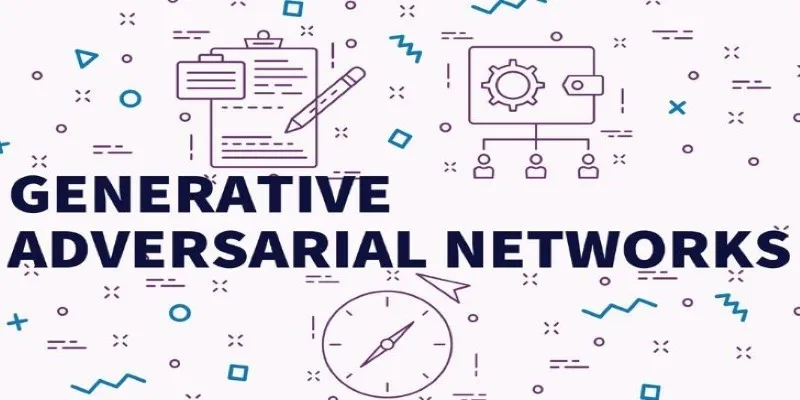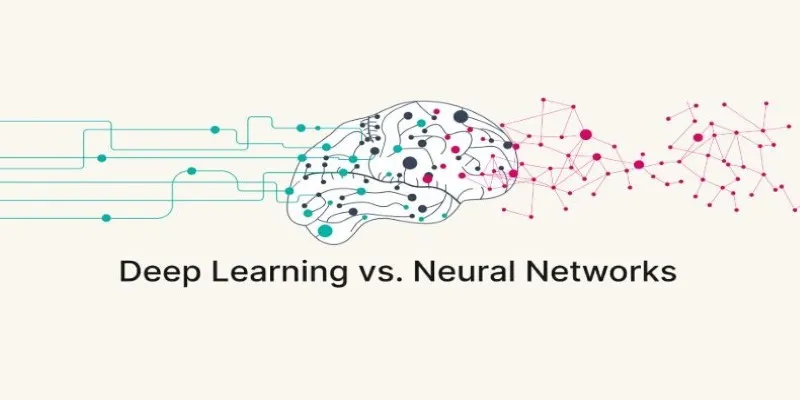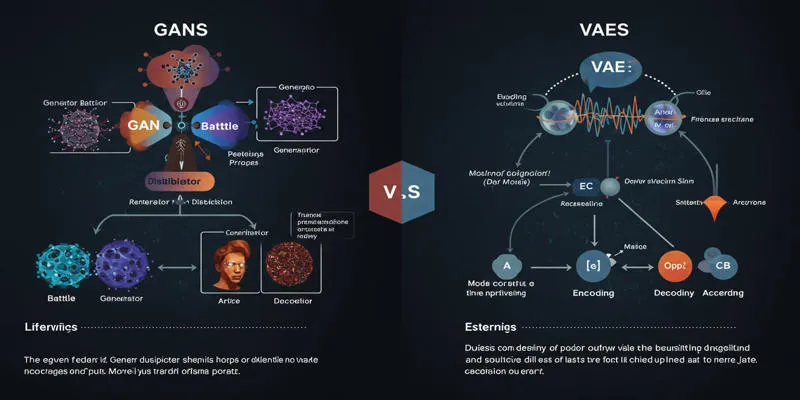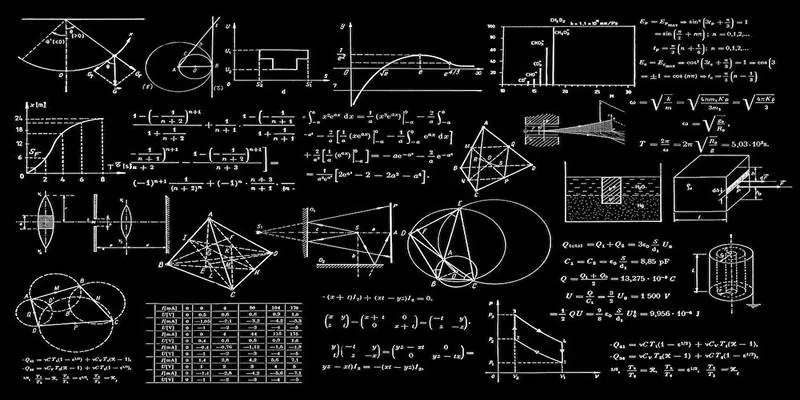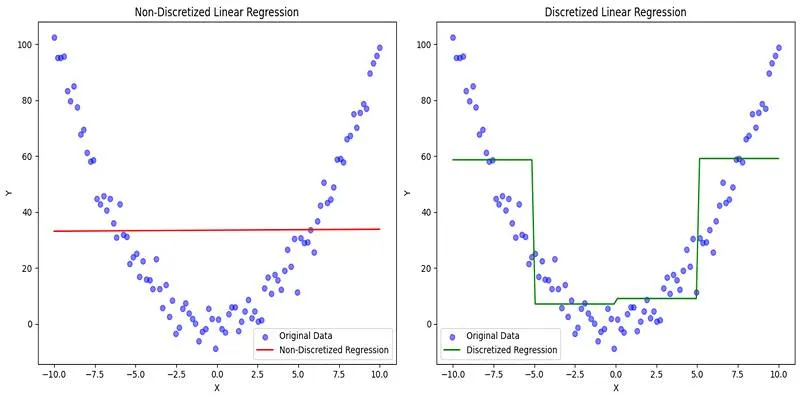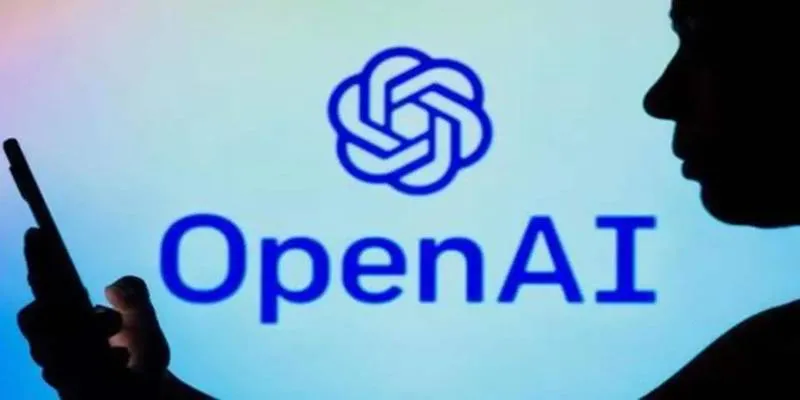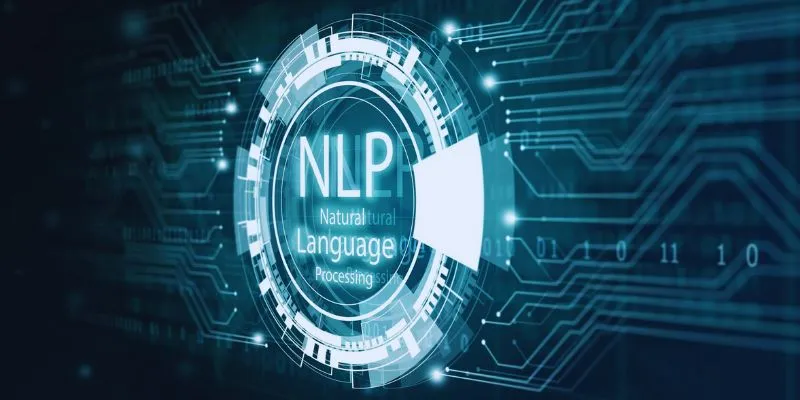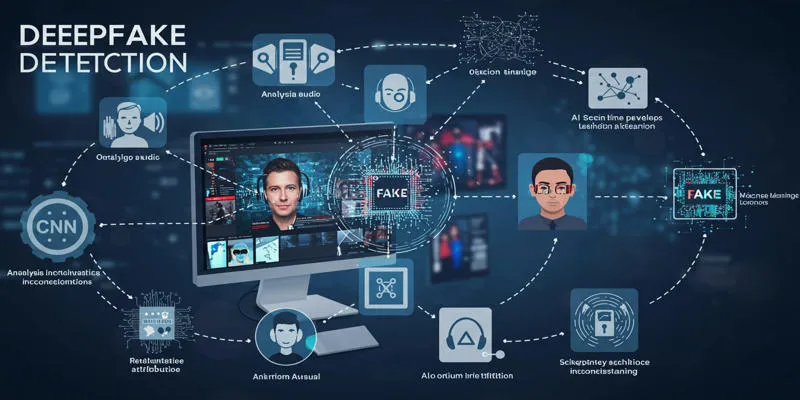Imagine a world where computers can create images, videos, or even voices that are nearly indistinguishable from reality. While it sounds like something out of science fiction, this is the power of Generative Adversarial Networks (GANs). Developed by researchers aiming to push the boundaries of artificial intelligence, GANs are revolutionizing how we think about machine learning.
These networks are not just tools for generating data; they are adaptive systems that learn through self-testing—producing breathtakingly realistic results while continually refining themselves. But how exactly do GANs function, and why are they such a breakthrough in AI and deep learning? Let’s dive into the fascinating world of GANs and uncover their incredible potential.
What Are Generative Adversarial Networks (GANs)?
At their core, Generative Adversarial Networks (GANs) are a type of machine learning model designed to generate new data that mimics real data. A GAN consists of two neural networks: a discriminator and a generator. These networks work against each other, similar to two opponents in a game, which is why they’re termed “adversarial.”
The generator’s job is to create data that closely resembles real-world data. This data can include images, sounds, or even text. Meanwhile, the discriminator’s task is to evaluate the data generated by the generator and determine if it is real or fake. Through repeated interactions, both networks enhance their performance by learning from each other.
The strength of this system lies in the competition between the generator and the discriminator. The generator becomes more adept at producing realistic data, while the discriminator improves at distinguishing real data from generated data. This ongoing training process results in extremely realistic outputs.
How Does a GAN Work?
To understand how GANs work, imagine an artist (the generator) trying to create a forgery painting and an art critic (the discriminator) deciding whether it is real or not. Initially, the artist struggles to create realistic paintings, but the critic is also poor at distinguishing them from real ones. Over time, both improve—the artist becomes more skilled at painting, and the critic gets better at detecting forgeries. Eventually, the artist produces artworks so realistic that even the greatest art critics cannot tell them apart from genuine works.
This process involves two distinct phases:
The Generator: The generator creates data. For example, it might start by producing random noise and then attempt to transform that noise into an image resembling real photos.
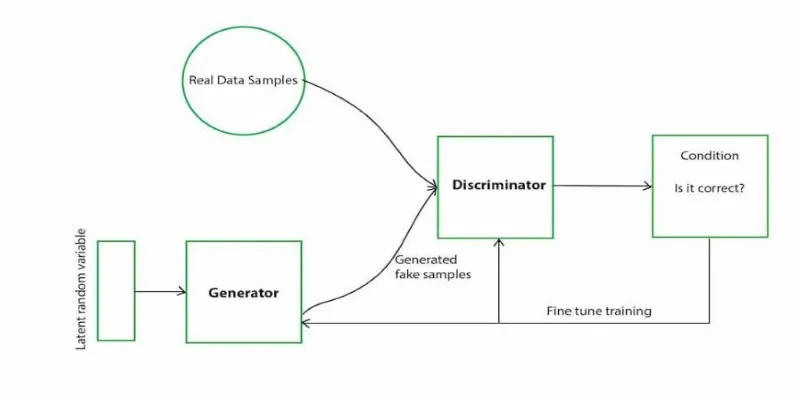
The Discriminator: The discriminator takes both real data and fake data from the generator and learns to differentiate between the two. If the discriminator makes a mistake, the generator learns from it and adjusts.
Through this adversarial process, the generator and discriminator both improve over time, leading to the creation of highly sophisticated and realistic outputs. GANs are particularly powerful because they don’t rely on labeled data like many other machine learning models. Instead, they learn by comparing their output to real-world examples.
Applications of GANs in AI and Deep Learning
Generative Adversarial Networks (GANs) are being utilized in a variety of innovative applications. Here are some key uses:
Image Generation
One of the most popular applications of GANs is image generation. GANs can create lifelike images that are entirely fabricated. For instance, they can generate realistic human faces that are indistinguishable from real photographs. They are also employed in digital art creation and fashion design, where new clothing designs are crafted based on current trends.
Video Generation
GANs are now used in video generation, producing short video clips or even entire films. One controversial application is creating deepfake videos, where faces or voices are swapped. This demonstrates the potential of GANs in video content but also raises ethical concerns.
Super-Resolution
GANs are valuable for enhancing the resolution of images and videos. By predicting higher-quality versions of low-resolution data, GANs are beneficial in fields like surveillance, where high-quality footage is crucial but often unavailable.
Style Transfer
GANs can apply the style of one image to another, which is useful in photography and graphic design. For example, they can transform a photo to mimic the style of famous artists like Picasso or Van Gogh.
Medical Imaging
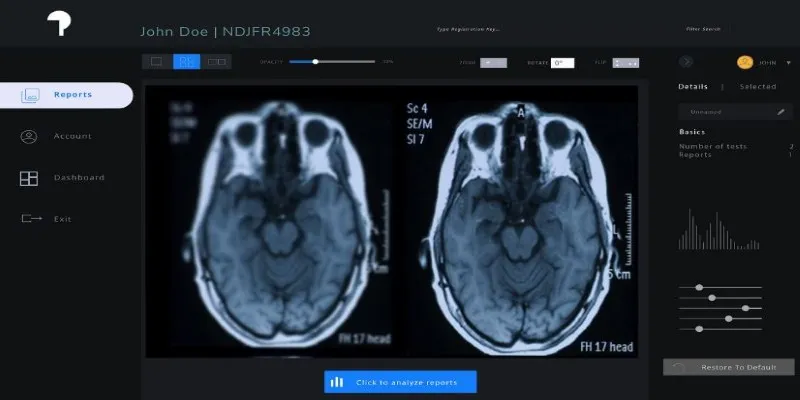
In healthcare, GANs enhance medical images such as MRI scans and X-rays. They also create synthetic medical data to train AI systems, especially in environments where access to real patient data is limited.
Text Generation
While primarily used for images, GANs can also generate text. This is useful in content creation, story generation, and even coding. However, challenges remain in producing high-quality and reliable text for applications like legal documents or news articles.
Challenges and Limitations of GANs
While GANs offer immense potential, they come with several challenges. A key issue is training stability, as GANs can experience mode collapse, where the generator produces limited outputs, or training instability, where the generator and discriminator fail to improve together. GANs also require substantial computational power, demanding advanced hardware like GPUs, making them difficult to scale on smaller systems. Additionally, the ethical implications of GAN-generated content pose concerns, particularly in the creation of deepfakes. These synthetic images or videos can be used maliciously to deceive or manipulate. As GAN technology advances, addressing these challenges and ensuring ethical use will be crucial to its continued development and adoption across industries.
Conclusion
Generative Adversarial Networks (GANs) have emerged as a groundbreaking technology in artificial intelligence, offering the ability to generate realistic data in various forms, from images to text. By leveraging the adversarial relationship between the generator and discriminator, GANs continuously improve to produce highly convincing outputs. While challenges such as stability issues and ethical concerns exist, the potential applications of GANs are vast, ranging from healthcare to entertainment. As computational power increases and research advances, GANs are set to become an integral tool in AI, driving innovation and offering exciting possibilities across multiple industries in the years to come.
 zfn9
zfn9



